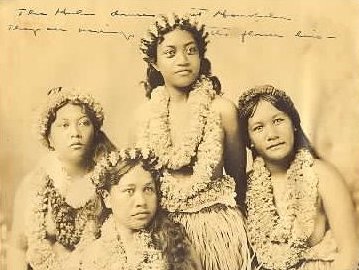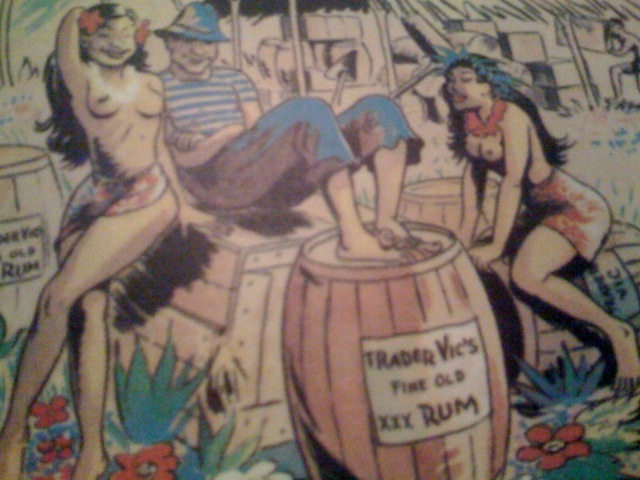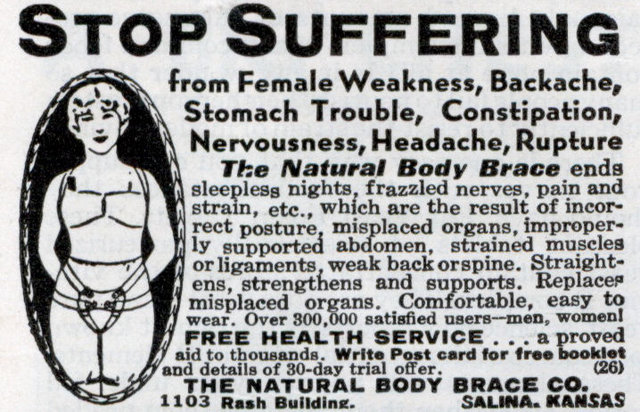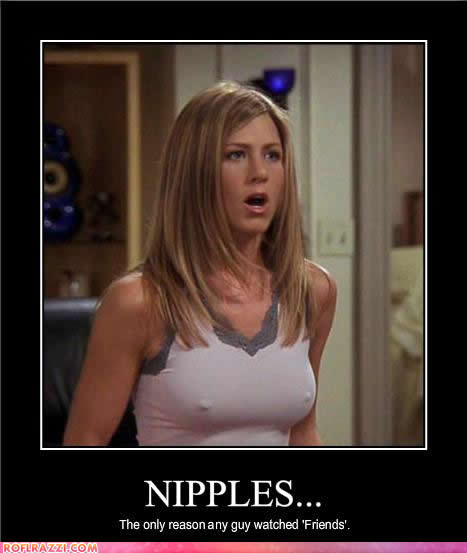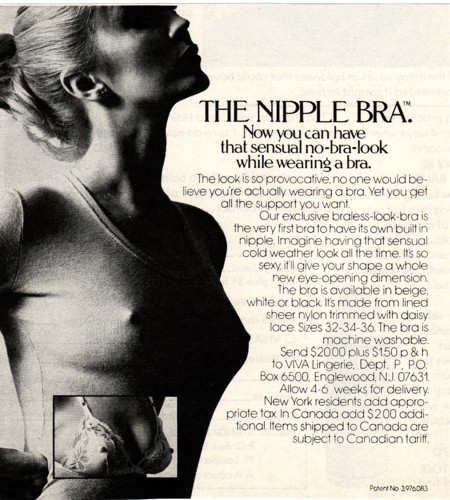Here and there the media becomes interested in the sexualization of little girls and, when they do, I often get a call from a reporter or two. I’ve yet to see any of them pick up on what I think is the really interesting story. They want to talk about child models, little girls in beauty pageants, and the transitional tween years for Disney star prodigies, but I always want to add into the mix the infantilization of adult women.
The sexualization of girls and the infantilization of adult women are two sides of the same coin. They both tell us that we should find youth, inexperience, and naivete sexy in women, but not in men. This reinforces a power and status difference between men and women, where vulnerability, weakness, and dependency and their opposites are gendered traits: desirable in one sex but not the other.
Now, thanks to @BonneZ, I know that this has something interesting to do with Mickey Mouse.
The original Mouse, Stephen Jay Gould has observed, was a kind of nasty character. But, as he has evolved into the “cute and inoffensive host to a magic kingdom,” he has appeared increasingly childlike. This six figures below indicate Mickey’s evolution over time:
Childlike features, Gould argues, inspire a need to nurture: “When we see a living creature with babyish features,” he writes, “we feel an automatic surge of disarming tenderness.” Allison Guy observes that we see a similar trend in recent toy makeovers — larger eyes, bigger heads, fatter stumpier limbs — but we see this primarily in toys aimed at infants and girls, not boys:
Guy interprets this trend as the “result of a cultural imperative for women to embody both the cute and the sexual.” So, women don “cute” clothes with colorful patterns associated with children and wear “flippy skirts” and “baby doll” t-shirts. They wear eyeliner to give the illusion of the large eyes of childhood, foundation to hide the marks of aging on the face, and pink on their cheeks to mimic the blush of youth. They are taught these imperatives from an early age.
What does it mean that feminine beauty is conflated with youthfulness, but masculine beauty is not — that we want women to be both cute and sexual? It means that we feel comfortable with women who seem helpless and require taking care of, perhaps we even encourage or demand these traits from women. Perhaps these childlike characteristics are most comforting in women who are, in fact, the least needy; I submit that we are more accepting of powerful women when they perform girlish beauty. When they don’t, they are often perceived as threatening or unlikable.
So, yes, the sexualization of girls is interesting — and no doubt it’s no good for girls and likely contributes to older men’s sexual interest in young women — but it’s not just about sexualizing kids early. It’s about infantilizing adult women, too, as a way to remind women of their prescribed social position relative to men.
Cross-posted at Jezebel and Pacific Standard.
Lisa Wade, PhD is an Associate Professor at Tulane University. She is the author of American Hookup, a book about college sexual culture; a textbook about gender; and a forthcoming introductory text: Terrible Magnificent Sociology. You can follow her on Twitter and Instagram.









